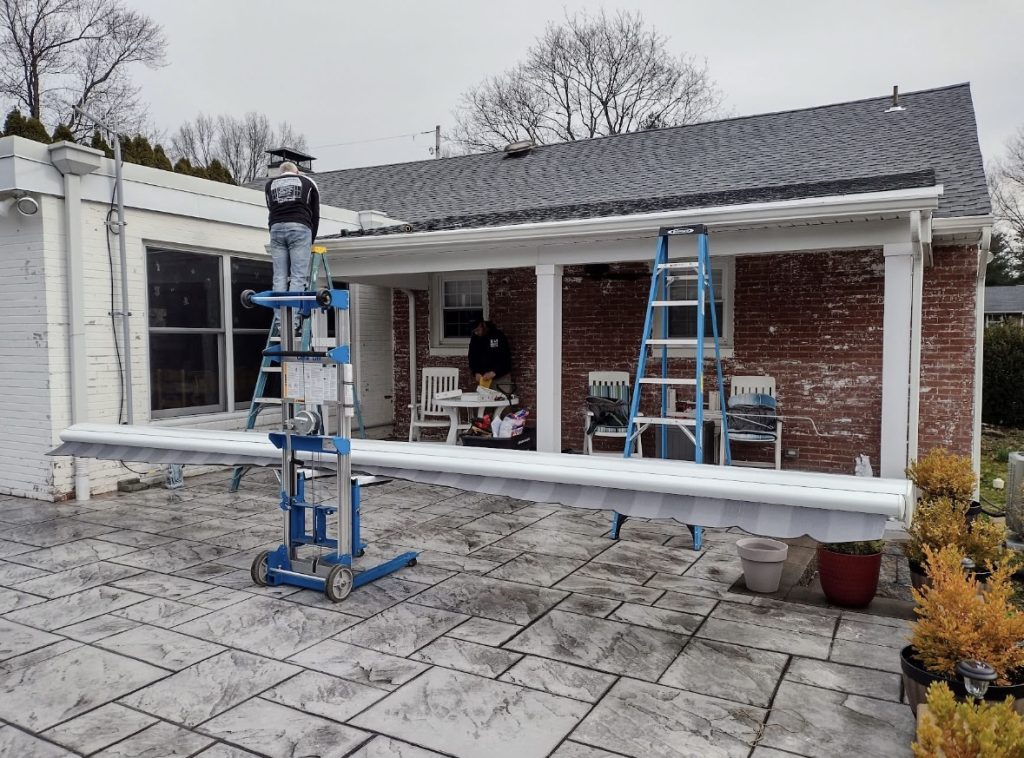Home Improvements That Increase Home Value
When fancy appliances and new granite countertops persuade homeowners to start remodeling their homes, their first thought is to do a project that adds flair and decorative appeal to their space. While these are good options for home improvement, you’ll want to consider the amount of value you will be adding to your home with […]
Home Improvements That Increase Home Value Read More »

